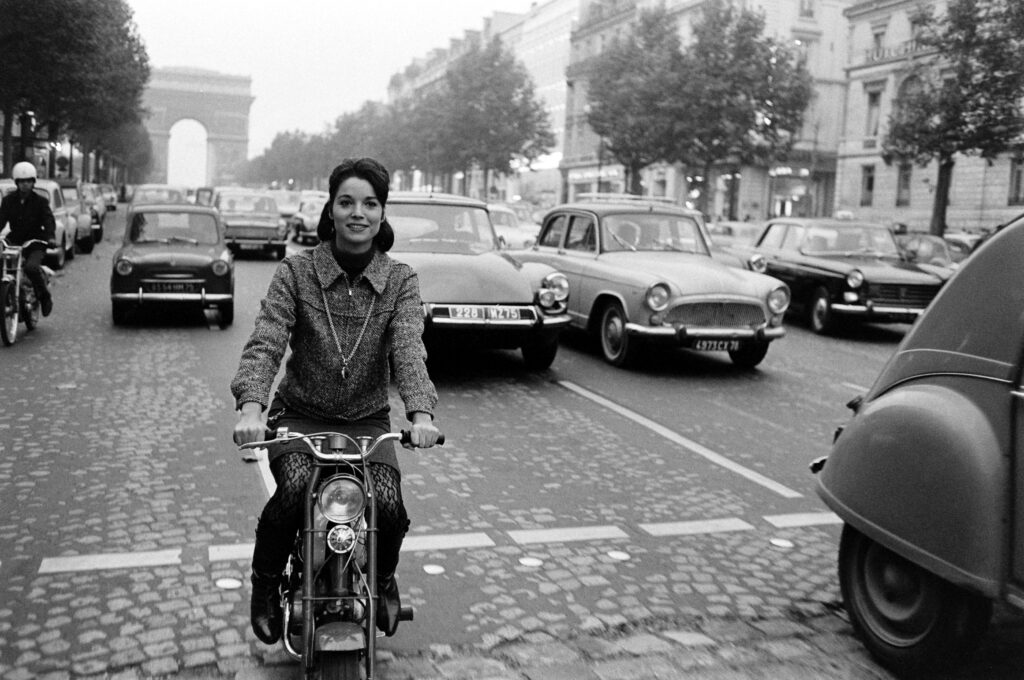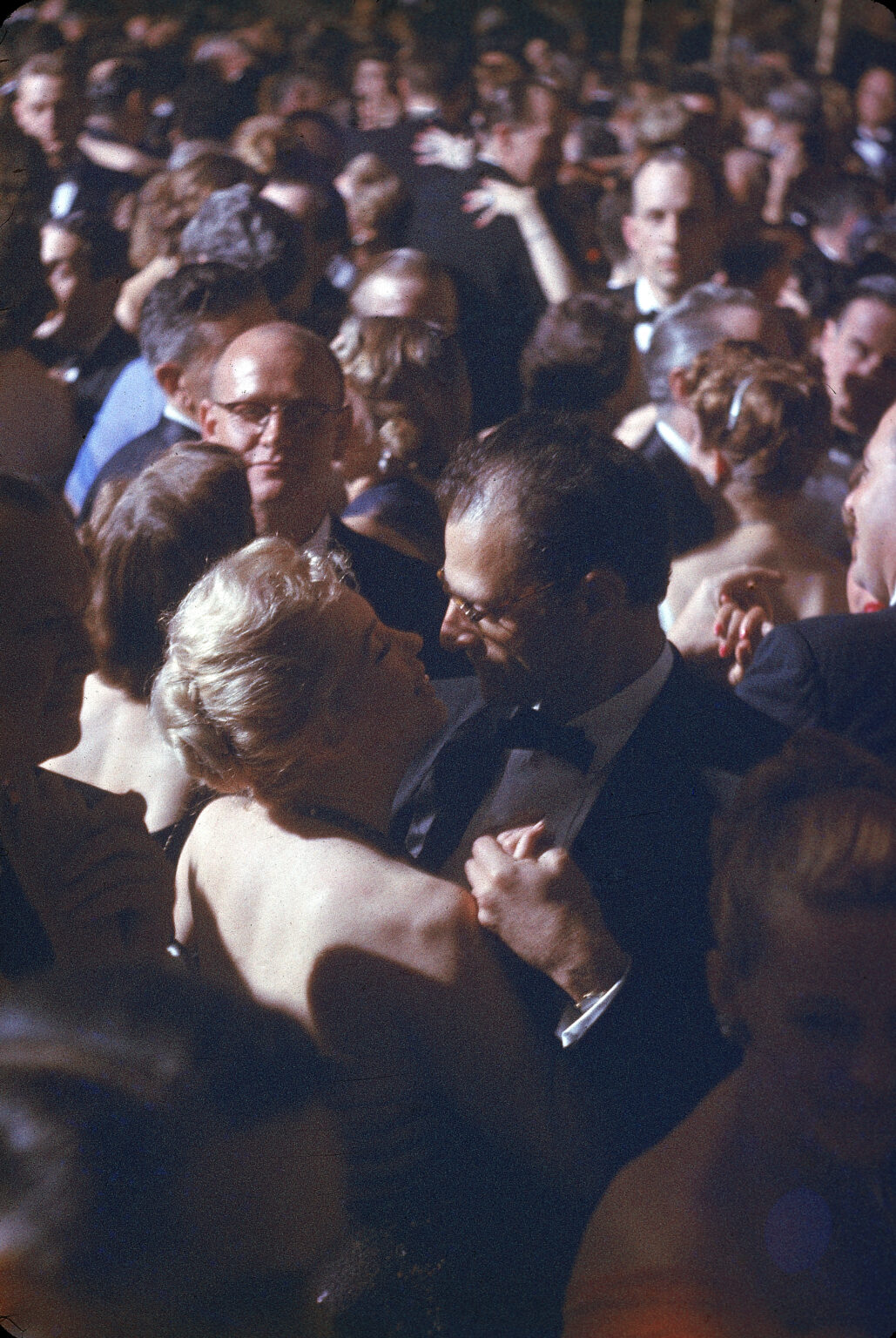Written By: Ben Cosgrove
The American writer, painter and spoken-word pioneer William S. Burroughs on Feb. 5, 1914, in St. Louis. He died — after an improbably long life, considering the self-inflicted abuse he endured through the years — at 83 in Lawrence, Kansas. It’s somehow perversely appropriate that an iconoclast of Burroughs’ power and scope, who so brutally skewered middle-class hypocrisy in so many of his works, lived a life that began and ended in the middle of middle America.
Born into a wealthy Missouri family, Burroughs attended Harvard (as well as medical school in Vienna) and was, seemingly, on track for a relatively unadventurous life and career. But in the 1940s—having been rejected by the U.S. Navy in the middle of World War II—he set a far different course for himself. He became a heroin addict. In New York, he met and influenced Allen Ginsberg, Jack Kerouac and the biggest voices of the Beat generation. In 1951, in Mexico City, he shot and killed his common-law wife, Joan Vollmer, in what was reportedly a drunken, catastrophic game of William Tell gone wrong. Ultimately convicted in absentia of homicide (he had fled back to the States by then) and given a two-year suspended sentence, the scarred Burroughs embarked on the journeys—London, Paris (where the photos in this gallery were made in 1959), the Amazon, Tangier and beyond—that would shape and define so much of the rest of his life.
And always, everywhere, he wrote. He wrote short stories, essays and hilarious, harrowing, difficult, indispensable novels. Junkie (later Junky), Naked Lunch, The Ticket That Exploded and other classics established him as a singular force in the postmodern cultural landscape. Other writers sang his praises, with some—like J.G. Ballard—arguing that Burroughs was the premier writer of the post-war age. (Many critics, on the other hand, weren’t quite so impressed, especially when the revolutionary cut-up technique Burroughs employed when constructing many of his books made their heads spin.)
Later in life, Burroughs became something of an éminence grise of the post-punk demimonde, collaborating with Sonic Youth, Nick Cave, the experimental English “noise” collective, Throbbing Gristle, and many others. His influence on music, literature and the visual arts can’t be overstated.
Many artists are desperate to be seen as rebels; in Burroughs, we find the unlikely real deal: the born rebel who could never stop creating art.
Liz Ronk edited this gallery for LIFE.com. Follow her on Twitter @lizabethronk.

William S. Burroughs in Paris, 1959—the year his novel Naked Lunch was published.
Loomis Dean/Life Pictures/Shutterstock

William S. Burroughs with unidentified companions in a Paris cafe, 1959.
Loomis Dean/Life Pictures/Shutterstock

William S. Burroughs with unidentified companions in a Paris cafe, 1959.
Loomis Dean/Life Pictures/Shutterstock

William S. Burroughs at his typewriter, Paris, 1959.
Loomis Dean/Life Pictures/Shutterstock

William S. Burroughs with his frequent collaborator, the English artist Brion Gysin, in Gysin’s Paris studio, 1959.
Loomis Dean/Life Pictures/Shutterstock

William S. Burroughs, Paris, 1959.
Loomis Dean/Life Pictures/Shutterstock

William S. Burroughs in his room at the Beat Hotel, Paris, 1959.
Loomis Dean/Life Pictures/Shutterstock














